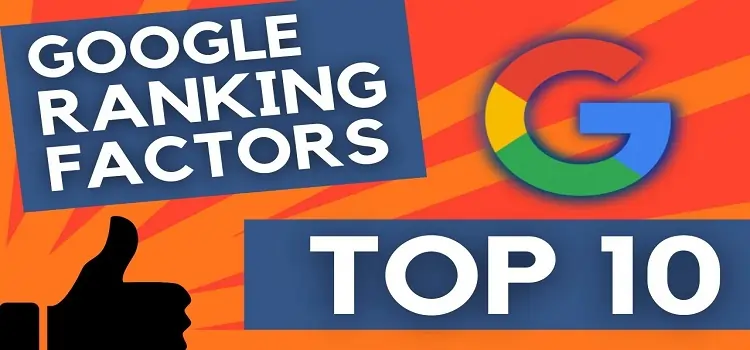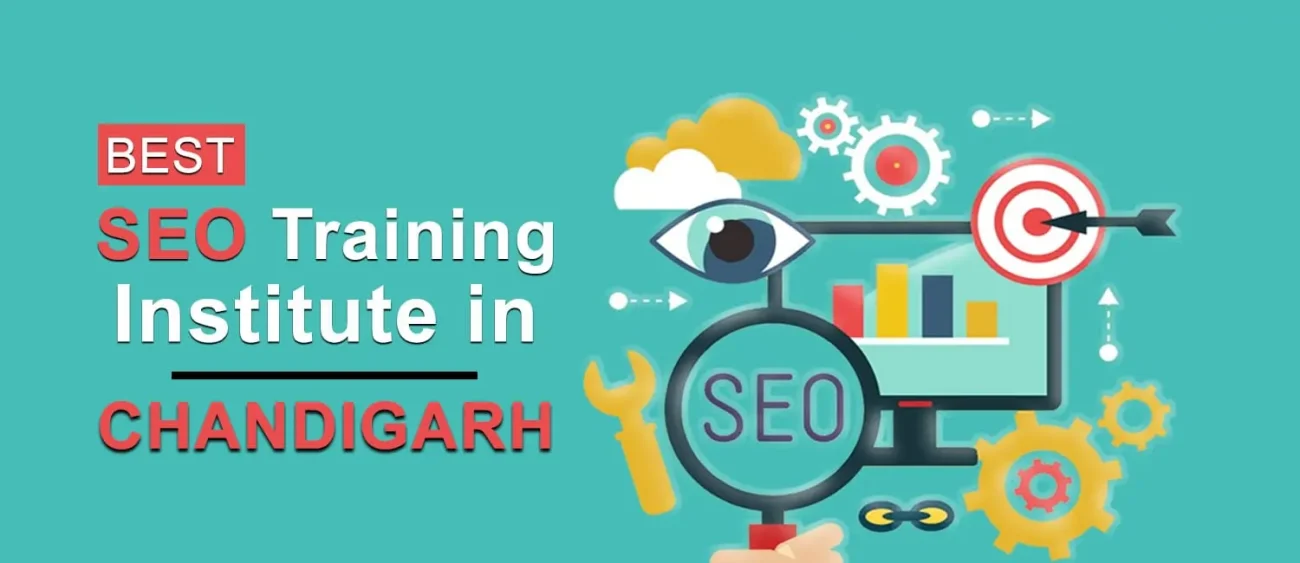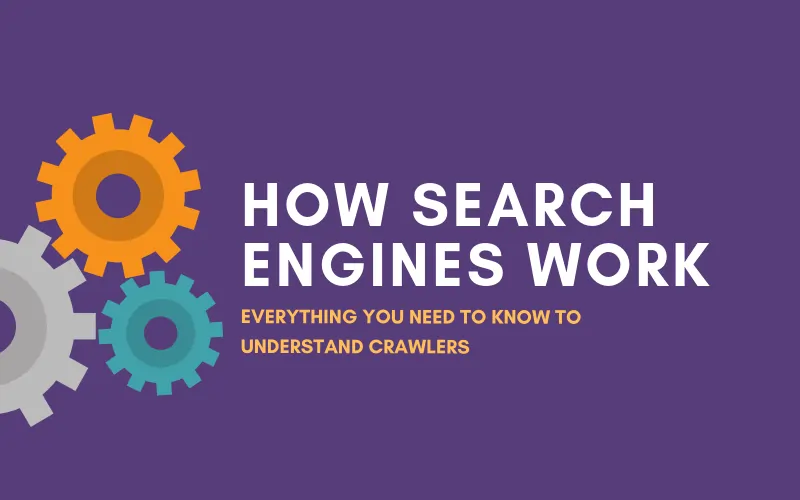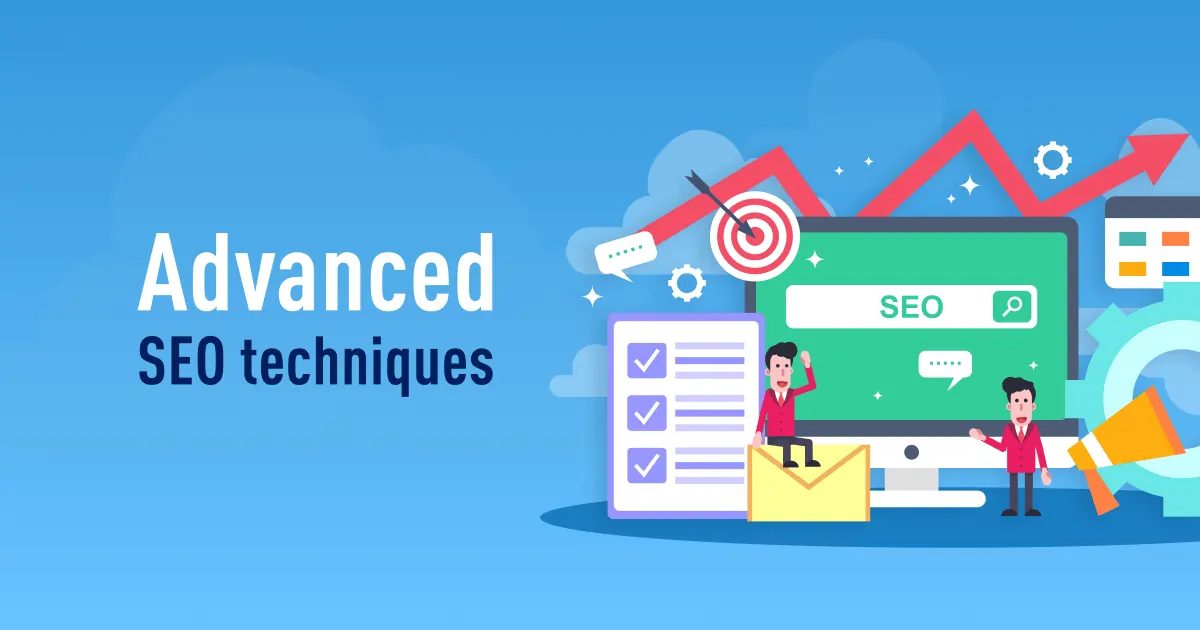SEO Basics: A Beginner’s Guide to SEO

SEO Basics: A Beginner’s Guide to SEO
Welcome to our comprehensive guide on SEO Basics: A Beginner’s Guide to SEO. In this article, we will delve into the fundamentals of Search Engine Optimization (SEO) and provide you with valuable insights to enhance your understanding of how SEO works and its significance in the online world. Whether you’re new to SEO or looking to refine your existing knowledge, we’ve got you covered.
1.Understanding SEO: Unveiling the Key Concepts
What is SEO?
SEO, short for Search Engine Optimization, is the practice of optimizing a website or online content to improve its visibility and rankings on search engine results pages (SERPs). It involves a series of strategies and techniques that aim to attract organic (non-paid) traffic from search engines like Google, Bing, and Yahoo.
Why is SEO Important?
SEO plays a pivotal role in driving targeted traffic to your website, increasing brand visibility, and establishing your online authority. By optimizing your content for search engines, you enhance the chances of reaching your target audience when they are actively searching for products, services, or information related to your industry.
Key SEO Components
a. Keywords and LSI Keywords
Keywords are the building blocks of SEO. These are the words or phrases users enter into search engines when looking for specific information. LSI (Latent Semantic Indexing) keywords are semantically related to the main keywords and add depth to your content’s relevance.
b. On-Page SEO
On-page SEO focuses on optimizing individual web pages to improve their ranking and relevance. It involves crafting high-quality content, optimizing meta tags, headers, and URLs, and ensuring a positive user experience.
c. Off-Page SEO
Off-page SEO refers to the actions taken outside your website to impact your search rankings. This includes link building, social media marketing, and online reputation management.
d. Technical SEO
Technical SEO deals with the website’s technical aspects, ensuring search engines can crawl, index, and understand the site’s content easily. It involves tasks like XML sitemaps, site speed optimization, and mobile-friendliness.
2. Conducting Keyword Research: Laying the Foundation
To kickstart your SEO journey, it’s essential to conduct thorough keyword research. Identify the primary keywords and their LSI variations that are relevant to your content and align with your target audience’s search intent.
3. Crafting SEO-Optimized Content: The Art of Engaging Your Audience
a. The Power of Compelling Headlines (H1)
A captivating H1 headline sets the tone for your content and entices readers to delve further. Including the target keyword “SEO Basics: A Beginner’s Guide to SEO” in the H1 can reinforce the article’s focus.
b. Utilizing H2 and H3 Subheadings for Organization
Subheadings (H2 and H3) provide a clear structure to your content, making it easy for readers to scan and grasp the key points. Incorporate relevant LSI keywords in these subheadings to strengthen content relevance.
c. Engaging Your Audience: A Conversational Approach
To keep your readers hooked, adopt a conversational writing style. Incorporate contractions, colloquialisms, and idioms to create a friendly and approachable tone.
4. On-Page SEO Best Practices
a. Meta Tags: Optimize for Click-Throughs
Craft a compelling meta title and description, both of which include the target keyword “SEO Basics: A Beginner’s Guide to SEO.” The meta description should serve as a concise snippet that entices users to click on your link.
b. URL Structure: Keep It Simple and Descriptive
Ensure your URLs are short, descriptive, and contain the main keyword. This improves user experience and search engine crawlability.
5. The Power of External Linking: Credibility and Authority
Incorporate external links to reputable websites like Wikipedia to back up your claims and provide additional value to your readers. Such links enhance your content’s credibility and authority in the eyes of search engines.
6. Appealing to Featured Snippets: The FAQs
a. FAQ Format: Addressing User Queries
To optimize for featured snippets, present information in a question-and-answer format. Answer common user queries related to “SEO Basics: A Beginner’s Guide to SEO” with clarity and conciseness.
b. The Power of Structured Data
Implement structured data markup to help search engines understand the context and relevance of your content. This can increase the chances of getting featured in rich snippets.
7. Mobile-Friendly Optimization: The Mobile-First Approach
With a significant portion of internet users accessing content via mobile devices, ensuring your website is mobile-friendly is crucial. Responsive design and fast-loading pages contribute to a positive user experience, which search engines reward with higher rankings.
8. Monitoring, Analyzing, and Improving: The Continuous Cycle
SEO is an ever-evolving practice. Regularly monitor your website’s performance using tools like Google Analytics and Search Console. Analyze data to identify areas for improvement and implement necessary changes to stay ahead of the competition.
Conclusion: The Journey to SEO Mastery
Congratulations! You’ve completed our beginner’s guide to SEO. By now, you should have a solid understanding of the fundamental concepts, strategies, and techniques involved in effective SEO. Remember, SEO is not a one-time task but an ongoing process that requires dedication and adaptability. Stay informed about the latest trends and best practices, and you’ll be well on your way to mastering the art of SEO.
FAQs
Q1: What is the primary goal of SEO?
The primary goal of SEO is to improve a website’s visibility on search engine results pages and attract organic traffic.
Q2: How can I optimize my content for featured snippets?
To optimize for featured snippets, structure your content in a question-and-answer format and provide clear, concise answers to common user queries.
Q3: What role does mobile optimization play in SEO?
Mobile optimization is vital as it ensures a positive user experience on mobile devices, which search engines value in their ranking algorithm.
Q4: How often should I monitor my website’s performance?
Regular monitoring is essential. Check your website’s performance and analytics periodically to identify areas for improvement.
Q5: Is SEO a one-time task?
No, SEO is an ongoing process. Continuous efforts are required to maintain and improve your website’s rankings.
Q6: What are LSI keywords, and why are they important?
LSI keywords are semantically related to the main keywords. They add depth to your content’s relevance and help search engines understand context better.









